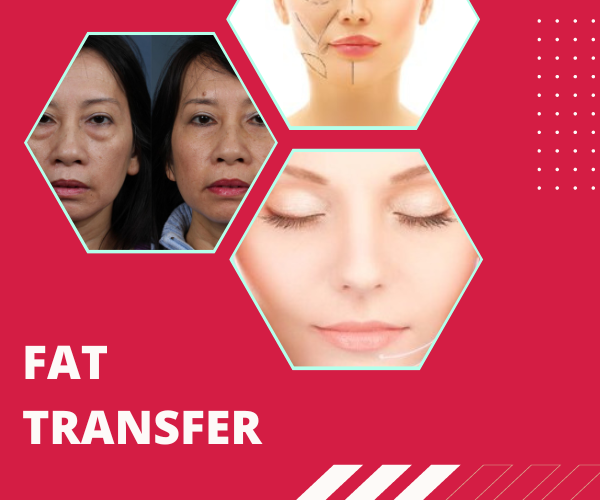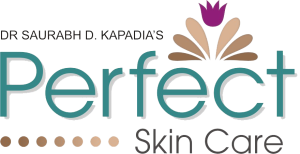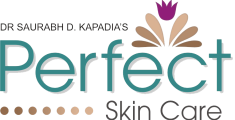The purpose of fat grafting is to augment or fill in volume-deficient areas. Commonly grafted, or injected, areas include the hands, face (including the lips), depressions in the skin (following liposuction and scarring) and the breast and buttock (for augmentation). Of course, you must have donor sites from which fat can be taken. It is important that you do not have any circulation problems, either from a medical condition or smoking.
Facial fat transfer: If you have facial creases, such as laugh lines, smile lines, and crow’s-feet, fat can be removed from your abdomen, thighs, or other areas and be injected into your face. Acne scars and sunken areas of the face, lips, and cheeks can also be filled in. Your plastic surgeon can even use grafted fat to minimize lines between your nose and mouth, correct skin depressions or indentations and minimize forehead wrinkles.
Breast augmentation: If you desire a modest increase in breast size, you are a good candidate for fat grafting to the breast, but your breasts should already have a nice shape and good skin tone. If you have poor skin, sagging breasts, or want a significant increase in breast size, breast augmentation with fat transfer is not for you. The problem with only using fat for breast enhancement lies in getting large volumes of fat to predictably “take.”
Breast implants plus fat grafting: If your breast shape needs optimizing during a breast implant procedure, fat grafting can be useful. If you have residual breast irregularities after undergoing breast augmentation with implants, the irregularities can be filled in with fat to produce a smooth contour and an optimal shape.
Breast reconstruction with fat grafting: If you have breast defects following lumpectomy for breast cancer, fat grafting is an effective method for filling in these defects. Fat grafting is also an option for total breast reconstruction following mastectomy; however, to achieve sufficient breast volume, this is usually a multistage process that requires at least two to four sequential fat grafting procedures.
Buttock augmentation with fat grafting: Many people who desire a fuller, more rounded buttock will opt for a “Brazilian butt lift,” which uses fat transfer to provide a more curvaceous buttock without the use of an implant. Liposuction is commonly used to both sculpt the surrounding area and collect the autologous fat to be injected.
Hand rejuvenation with fat grafting: Fat grafting into your hands is effective for adding volume, “plumping up” wrinkled areas, covering underlying vessels and tendons and improving the quality of your skin over time.
If you are in good general health, have a positive attitude and realistic expectations, you are most likely a good candidate for this procedure.



